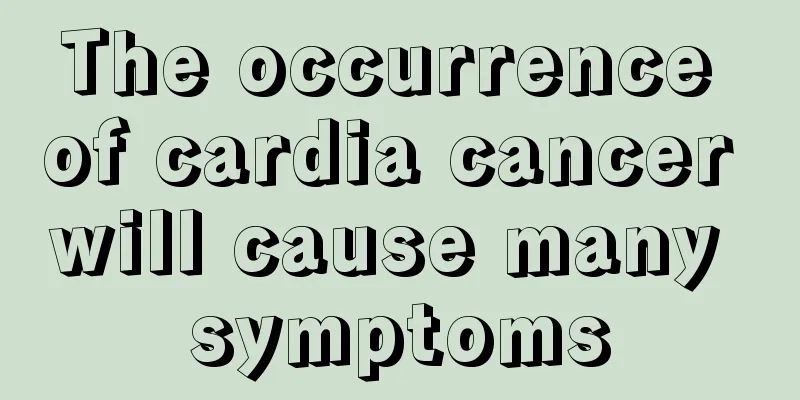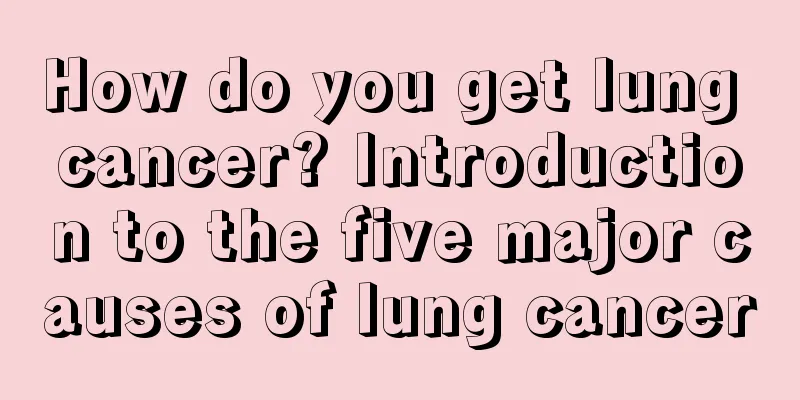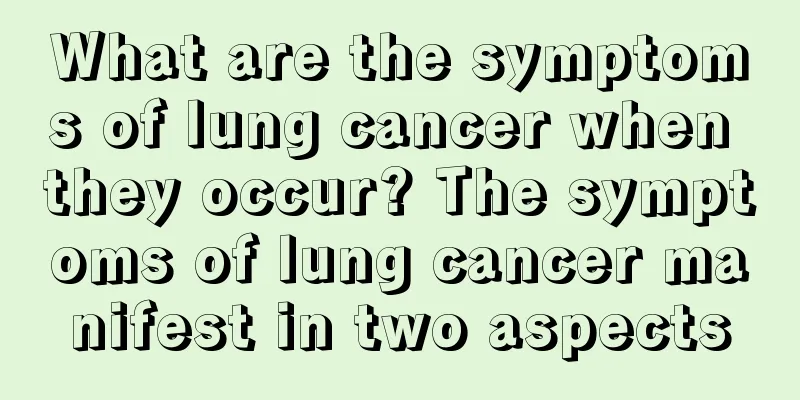What are the complications of interventional treatment for liver cancer? Five major complications after interventional treatment for liver cancer

|
Interventional treatment of liver cancer is to introduce special puncture needles, catheters, guidewires, balloon stents, drainage tubes and other precision instruments into the human body under the guidance of medical imaging equipment to diagnose and locally treat some liver diseases. Interventional treatment can be roughly divided into two types according to the approach, one is transvascular, and the other is non-vascular interventional treatment. Transvascular interventional treatment is the most commonly used treatment method. Liver cancer has a very rich and single blood supply. Embolization therapy for patients with liver cancer can occlude tumor blood vessels, shrink tumor blood vessels, and cut off the tumor's nutritional source to achieve the purpose of treatment. Some complications may occur after interventional surgery for liver cancer, mainly the following five: 1. Bleeding at the puncture site You must stay in bed for 24 hours after the operation. The lower limb on the puncture side should be immobilized and not bent. The puncture site should be compressed for at least 6 hours. Carefully observe whether there is bleeding or hematoma formation at the puncture site. If there is, press 0.5 cm above the puncture site and inform the doctor and nurse in time. 2. Abdominal pain It is because the blood supply artery of liver cancer is blocked by embolic agent, resulting in ischemia and necrosis of liver cancer. It is more obvious during the operation and 3-5 days after the operation, and it will be relieved after one week. Patients should relax and eliminate their worries. Observe the improvement of the location, nature and degree of pain. If it is unbearable, inform the doctor in time. 3. Fever Common symptoms after interventional treatment are mostly autoreactive fever caused by ischemia and necrosis after tumor embolization. It usually occurs at noon and lasts for 4-6 hours before the temperature drops. Patients should drink plenty of water and eat light, easily digestible food. If the body temperature exceeds 38.5 degrees, notify the doctor in time. If it is below 38.5 and you cannot tolerate it, you should also inform the doctor in time. 4. Nausea and vomiting It is mostly due to the side effects of chemotherapy drugs. Pay attention to the nature, amount, color and frequency of vomiting. The diet should be light and mainly consist of easily digestible foods. If you cannot tolerate it, inform your doctor promptly. 5. Liver damage Most of the cases are short-term liver damage, which worsens after multiple interventional treatments. Pay attention to rest and diet, provide nutritional support, monitor the replication index of the hepatitis virus and check liver function regularly. |
Recommend
What are the functions and effects of Wubeizi?
Wubeizi can mainly play the role of clearing away...
My body itches after taking a hot spring bath
The reason why people like to take a hot spring b...
What is ablation surgery?
In daily life, there are many types of diseases, ...
How long can you live with bladder cancer
The pathological types of bladder cancer include ...
How to check ovarian cancer screening
Ovarian cancer is a well-known and very dangerous...
The difference between chives and shallots
Chives and scallions are both common condiments i...
The difference between hair mask and h ointment
We will find that many people have shiny hair, bu...
The best treatment for skin cancer
Skin cancer is not a common disease and its incid...
How to remove lip hair with vinegar
For women, lip hair is a type of hair that grows ...
5 measures to prevent bladder cancer Dietary considerations for bladder cancer
Bladder cancer is a very serious disease. In our ...
How to remove oil stains from clothes
When washing clothes, the thing I fear most is ge...
Ways for women to prevent cervical cancer: Can regular cervical cancer screening really prevent cervical cancer?
There may be no discomfort in the early stage of ...
Prevention and prognosis of osteosarcoma
There are many kinds of tumors we face in our liv...
What to do if your eyes are sagging
Drooping eyes are a problem that bothers many you...
Can anovulation be treated?
A problem that female friends are all familiar wi...









